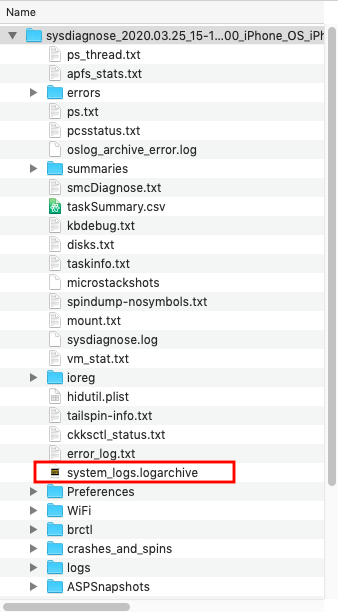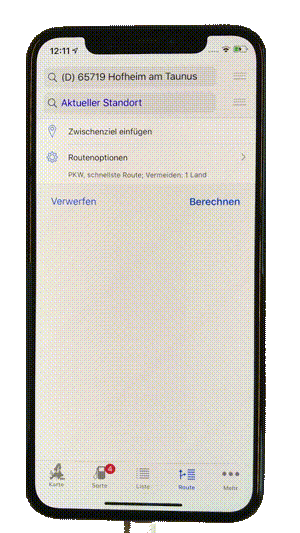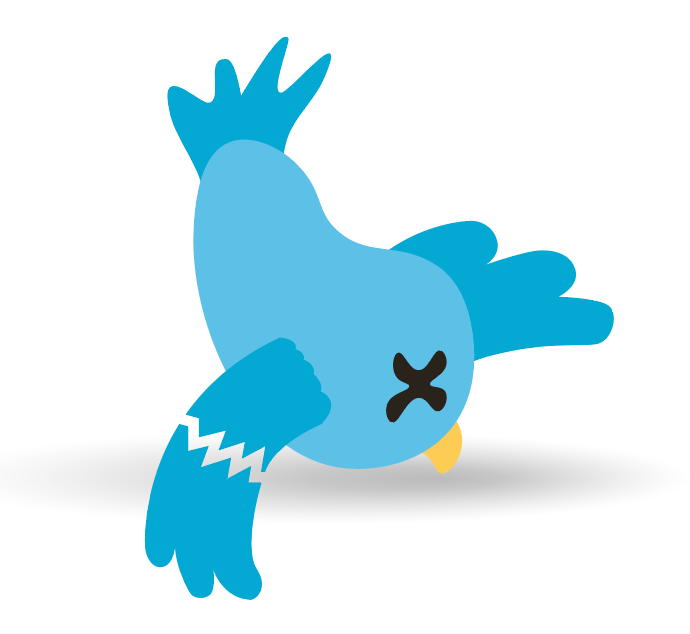With Apple’s release of iOS 14.5 at the end of April, iOS app developers are required to request permission in order to track their users beyond the app’s border. While there are already complaints about the low opt-in rate published by the app analytics company Flurry, which are updated weekly, we were curious to see how the overall adoption rate for app implementations would look like.
Developers need to provide a tracking description in the apps info.plist file – together with localized versions in file InfoPlist.strings of language’s project directory – called NSUserTrackingUsageDescription that informs the user why an app is requesting permission to use data for tracking the user or the device. However, in 57.3 % of the current German Top 2000 iOS apps no tracking description was provided by the developers although the app contains tracking code. On devices with iOS 14.5 or later this causes iOS to deny the request for access to the identifier for advertisers (IDFA). So the opt-in rate of users could be higher if those 57.3% of the developers would have provided a description, so that the user is at least presented with a decision dialog.
| Property | % |
|---|---|
| No tracking description included but tracking code detected | 57.3 % |
| Tracking description included and tracking code detected | 33.5 % |
| No tracking description included and no tracking code detected | 9.0 % |
| Tracking description included but no tracking code detected | 0.2 % |
Another effect we observed is a missing individualization and usefullness of the description. The table below lists the Top 10 used descriptions in the Top 2000 Apps, with 77 Apps just repeating the example text provided by Apple. Other just include placeholder text, such as “YOUR TEXT”, “NSUserTrackingUsageDescription”, “none” or even “-“.
| Description | # |
|---|---|
| This identifier will be used to deliver personalized ads to you. | 77 |
| Your data will be used to deliver personalized ads to you. | 9 |
| Dadurch können wir Ihnen relevantere Werbung anzeigen, ohne deren Anzahl zu erhöhen. | 7 |
| Dies wird verwendet, um den Dienst zu identifizieren, der dich weitergeleitet hat, um die ein individuelles Erlebnis zu bieten. | 6 |
| Diese Kennung wird verwendet, um Ihnen personalisierte Anzeigen zu liefern. | 6 |
| Ihre Daten werden verwendet, um Ihnen personalisierte Werbung zu zeigen. | 6 |
| Your data will be used to deliver personalized ads. | 5 |
| Datenerhebung zur Verbesserung der App und für Werbezwecke zulassen | 4 |
| Deine Aktivitäten werden verwendet, um Dein Nutzererlebnis und Werbung zu personalisieren. | 4 |
| Mithilfe dieser ID können wir Dir für Dich ausgewählte Werbung anzeigen. | 4 |
This leaves us with the impression, that creating a fitting description is currently only deamed important for 1/3 of the developers. Obviously the motivation depends on the benefits the developers gain from providing a tracking description.
There are many business cases which rely on or have a benefit from cross-app user tracking. The players of these business cases (e.g., ad providers and app developers who generate ad revenue) have an interest to achieve high opt-in rates. Fitting or at least reasonable descriptions for the permission dialogue will be the key for broad acceptance rates. The current evaluation shows that (1) only a minority of apps have at least a description included and (2) that they are very unspecific.
But there are use cases which currently integrate cross-app user tracking, however it does not have a beneficial effect for the using party. For example, this is the case when an app developer integrates a runtime diagnostic library. As he is only interested in the telematic data of his app, cross-app tracking would not be his interest and for that reason he may not include the description for the permission dialogue. In this case Apple’s initiative would help to reduce user tracking from companies that provide a runtime diagnostic services with a business model of selling retrieved analytics data sets to third parties or similar use cases.



 We have added a new app analysis method to our Appicaptor infrastructure. From now on all iOS app analysis orders within Appiaptor SmartWeb or Corporate subscriptions are also processed using dynamic analysis. Besides the already existing static code analysis, the apps are automatically invoked in an analysis environment. This way, processing and communication of user data is additionally monitored and analyzed during runtime of the app. To create reproducible results and code coverage, user interactions are simulated with a deterministic interaction model.
We have added a new app analysis method to our Appicaptor infrastructure. From now on all iOS app analysis orders within Appiaptor SmartWeb or Corporate subscriptions are also processed using dynamic analysis. Besides the already existing static code analysis, the apps are automatically invoked in an analysis environment. This way, processing and communication of user data is additionally monitored and analyzed during runtime of the app. To create reproducible results and code coverage, user interactions are simulated with a deterministic interaction model.  The Twitter Kit framework through 3.4.2 for iOS does not properly validate the TLS certificate for
The Twitter Kit framework through 3.4.2 for iOS does not properly validate the TLS certificate for 